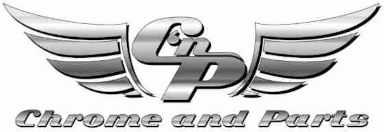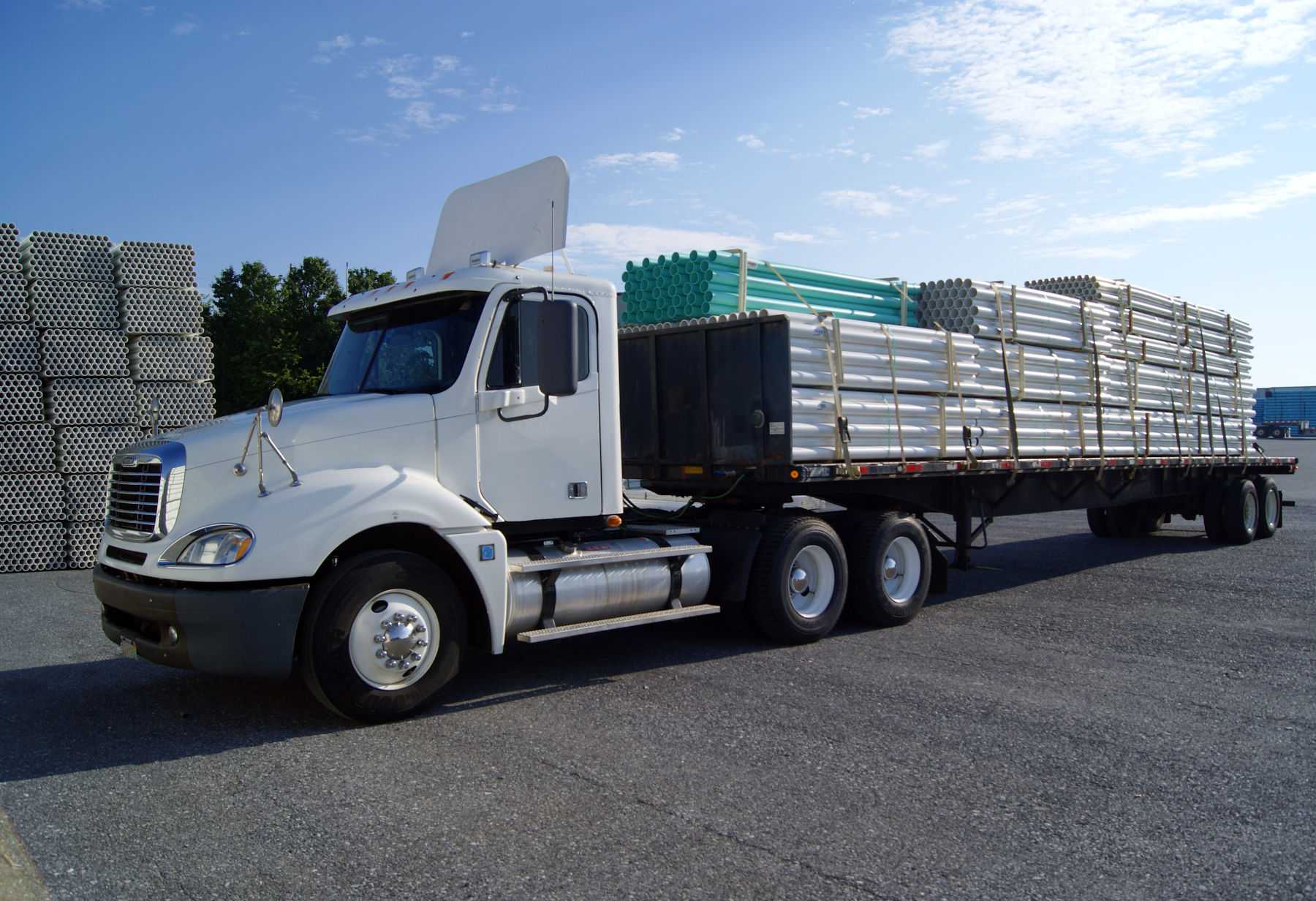Most commercial motor vehicles such as big rigs and semis have to follow strict rules and guidelines stipulated by the US Federal Motor Carrier Safety Commission. Failure to adhere to these safety protocols and guidelines can result in liabilities for any injuries caused from accidents and crashes.
These federal guidelines address a variety of issues such as driver behavior, duty hours and breaks, as well as required vehicle inspections and maintenance. The safety inspection of big rigs ensures all parts are working as they should. This is important when it comes to minimizing the risk associated with devastating malfunctions that may lead to accidents or crashes. Big rig operators and owners in the US are subject to both state and federal laws. It is important to note that trucking companies usually have to go through rigorous safety inspections and reviews on a yearly basis.
In addition, there are a few random checks in between as well. Most of these checks tend to address vehicle maintenance, practices of the drivers and other relevant safety factors that may cause a vehicle crash.
Driver Behavior
As per a study by the National Highway Traffic and Safety Administration, the number one cause of trucking accidents is driver oversight or error. This is mainly because truck drivers often spend long hours on the job without breaks, usually taking monotonous routes. To minimize burnouts and distractions, the FMSCA mandates the drivers to take breaks frequently throughout the day. The authority also limits the number of hours drivers can drive a rig, and even stipulates a specific amount of time between the shifts.
Moreover, the FMSCA requires drivers to record these practices in their log books. However, unfortunately, a lot of random safety inspections often reveal moderate to severe log book violations. As the maintenance of adequate logs is mandated by federal law, log book violations are usually an indication of disregard of law or negligence. During inspections drivers are also required to undergo drug testing to ensure they are not taking prescriptions or recreational drugs for spending more time on the road.
Vehicle Maintenance
Another important element of big rig safety inspections and checks entails truck maintenance. A few common culprits behind trucking accidents not associated with human error are front brake failure or manipulation and tire blowouts. During an inspection, the auditor may check for wear and tire pressure, request repair and maintenance logs, and ensure whether a truck’s brakes are functioning properly. A lot of random checks and inspections reveal violations of relevant rules and guidelines along with other red flags.
This is why the US Department of Transportation, which also oversees the NHTSA and FMCSA, instituted the popular SAFER program with the aim of helping the public and truckers learn more about big rig inspections. The program also holds routine violators accountable for their actions. These inspections encourage both truck drivers and owners to take safety seriously and reduce the risk of accidents.









